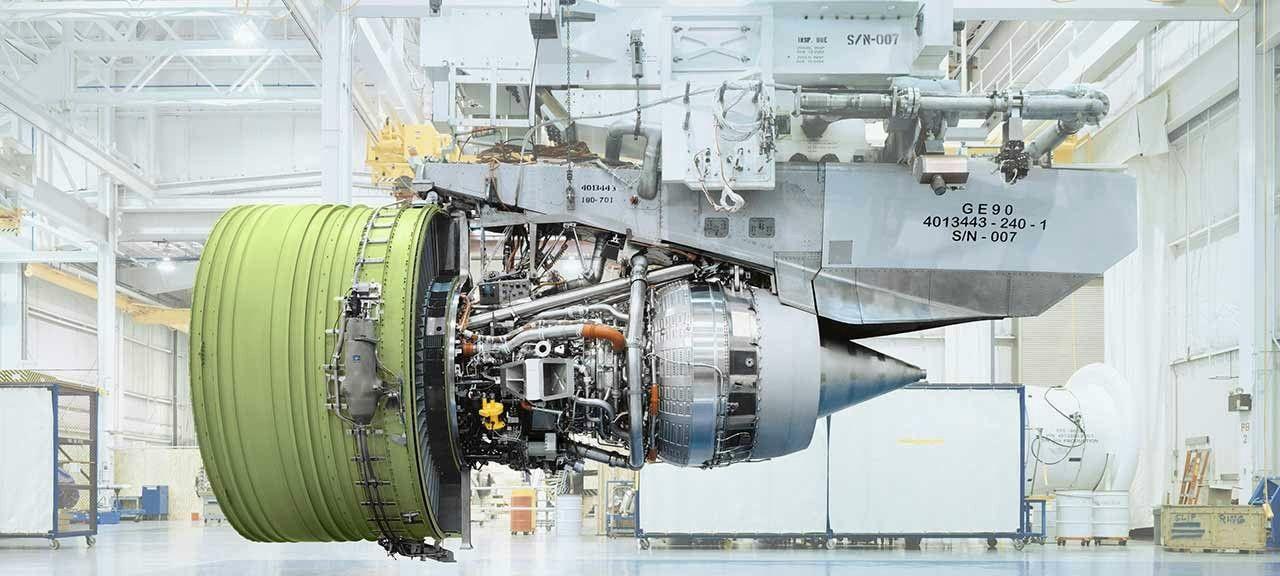產品描述
INTRODUCTION
The PIBe+ (Power Interface Board EtherCAT) forms part of a PECe drive controller.
The PECe drive controller consists of a standard “off the shelf” x86 processor (often referred to as the ‘CPU’), running Converteam HPCi software, an EtherCAT connection to standard ECAT I/O, if required, and one or more PIBe+’s.
EtherCAT is a communication protocol based upon 100 base T, where the EtherCAT uses standard Ethernet hardware. It allows the setting up of firing pulses at the PIBe+ to a resolution of up to 33ns (depending on configuration). It also allows analogue, digital and encoder signals to be communicated to and from the drive controller with the same timing resolution.
This document describes the core part of the PIBe+, which may be enhanced with factory fitted options of PIBe+ pulse amplifier or PIBe+ Fibre I/O as stated in section 14. A single PIBe+ can control up to 32 devices fibre connected, or 24 devices copper connected.
The PIBe+ core board referred to in this document is an enhanced version of the PIBe2 and PIBe3. The salient enhancements are a larger FPGA, 16 analogue inputs instead of 8 and a Texas Instruments TMS320C6748 DSPLV7000-5-05205
G0T0ISNA1AF00D2C3’ VMIVME-7807/VME-7807RC are full featured
Pentium® M-based, single board computers (SBCs) in a single-slot, passively cooled,
VME Eurocard form factor. These products utilize the advanced technology of Intel®’s
855GME chipset.
The VMIVME-7807/VME-7807RC provide features typically found on desktop
systems such as:
• 1.0GB DDR SDRAM using one SODIMM and an optional 512MB of solder-in
memory for a maximum of 1.5GB
• Built-in SVGA support (front panel connection)
• Digital video controller (rear I/O) DVI-D with dual head display capabilities
• 10/100 Mbit Ethernet controller (front panel connection)
• Dual Gigabit Ethernet supporting (front panel or rear I/O)
• Optional P0 with VITA 31.1 interface
• Serial ATA (SATA) support (rear I/O)
• Serial port COM1 (front panel connection)
• Ultra IDE drive support (rear I/O)
• Real-Time clock/calendar
• Front panel reset switch
• Miniature speaker
• Keyboard/Mouse port (front panel connection)
The 855GME chipset allows the VMIVME-7807/VME-7807RC to provide enhanced
features such as integrated video and Ultra ATA/100 IDE support. The
VMIVME-7807/VME-7807RC are capable of executing many of today’s desktop
operating systems such as Microsoft®’s Windows® XP, Windows 2000 and a wide
variety of Linux® based operating systems. The standard desktop features of the
VMIVME-7807/VME-7807RC are described in Chapter 2 of this manual.
VMIVME-7807/VME-7807RC Product Manual
14
The VMIVME-7807/VME-7807RC provide features useful to embedded applications
such as:
• Three serial ports: COM2, COM3 and COM4 (rear I/O)
• Four USB 2.0 ports (two on front panel and two rear I/O)
• 32KB of nonvolatile RAM
• Remote Ethernet booting
• Up to 2GB of CompactFlash on secondary IDE (optional)
• Software-selectable Watchdog Timer with reset
Additionally, the VMIVME-7807/VME-7807RC offer one PMC expansion site (PCI-X,
66MHz) with front panel access. The VMIVME-7807/VME-7807RC are capable of
executing many of today’s operating systems such as VxWorks®, Solaris™ or QNX®.
The embedded features of the VMIVME-7807/VME-7807RC are described in
Chapter 3 of this manual.
The VMIVME-7807/VME-7807RC are suitable for use in applications ranging from
telecommunications, simulation, instrumentation, industrial control, process control
and monitoring, factory automation, automated test systems, data acquisition
systems and anywhere that the highest performance processing power in a single
VME slot is desired.
產品圖片

圖 1

圖 2
免責聲明:以上信息由企業自行提供,內容的真實性和合法性由發布企業負責。「自助貿易」對此不承擔任何保証責任。
舉報投訴:如發現違法和不良資訊,請
點此處舉報。